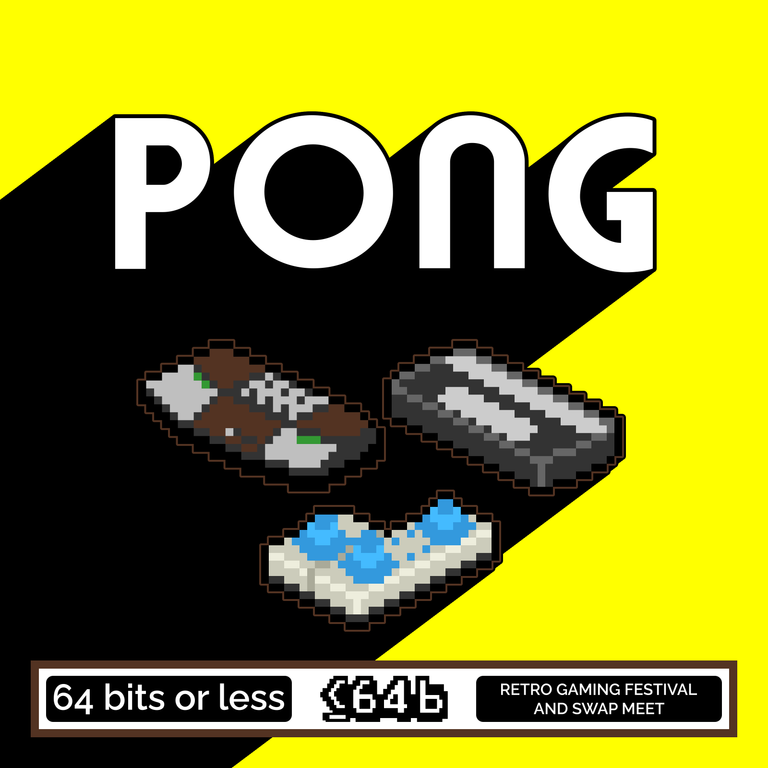Play your favorite games from every generation of home consoles up to the 64 bits era. From Pong to Playstation.
We'll have dozens of consoles, each set up on original hardware with vintage CRT TVs. We’ve curated a great selection of games for each system. With hundreds of titles to play, we're sure you'll find something you love — whether you're reliving your own childhood or learning the games of your grandparents' generation.
Pong is considered the first commercially successful video game and was the first game developed by Atari. The prototype unit was an arcade cabinet designed by Al Alcorn in 1972. The system was a quick success and was soon replicated by many competitors.
In 1975, Atari developed Home Pong, a low cost system which connected to a consumer's home television set. This system condensed the transistor-transistor-logic of the arcade version into a single-chip integrated circuit. While development of an itegrated circuit was expensive, it dramatically reduced the marginal cost of manufacturing, and mass production became much more feasible.
The first iteration was sold exclusively through Sears department stores under the Tele-Games brand. It sold over 150,000 units in the 1975 holiday season, becoming Sears' most successful product.
As with the arcade verion, Home Pong was quickly replicated by competitors, launching the home video game market. Many of the clones, including those available to play at 64 Bits or Less, where built using the General Instrument AY-3-8500 "Ball & Paddle" chip.
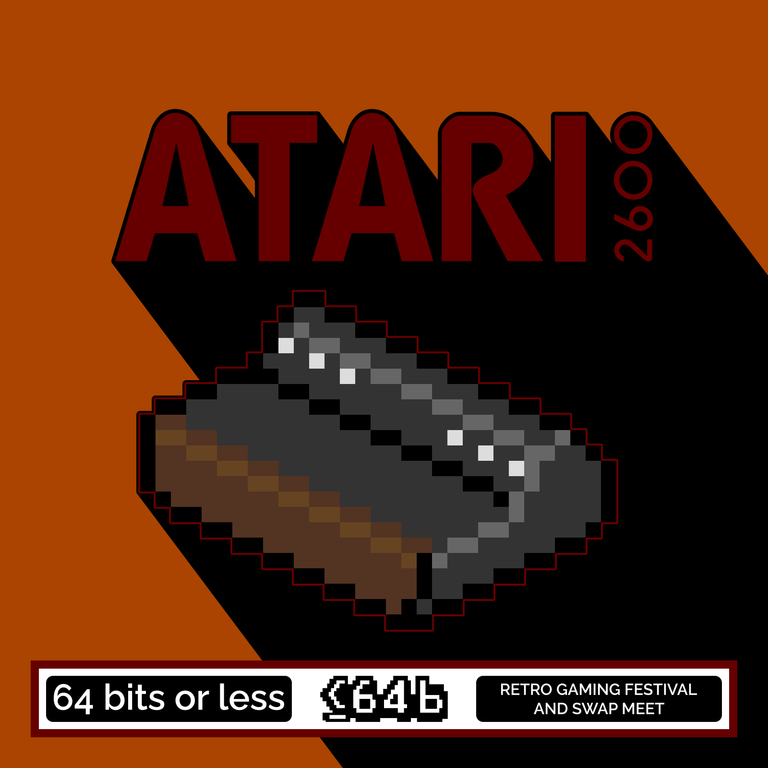
Released September 11, 1977 at a cost of $199, the Atari Video Computer System was the first big name in home gaming. The system was later called the Atari 2600 after the release of the Atari 5200 in 1982. This was the first widely available home gaming system built on microprocessors and swappable ROM cartridges, making the system much more versitile than its contempory competitors. In many ways, this was the system that brought gaming into the home.
Despite being technically limited compared to the arcade systems and home computers of the same era, the 2600 was a commercial success. It remained among the most successful game consoles into the 1980’s, and was finally discontinued on January 1, 1992, having sold over 30 million units.

Released in North America in February 1979, the Odyssey 2 had moderate success competing against the Atari 2600 however, it fell behind after the release of the Intellivision.
The Odyssey 2 was a followup to Magnavox's successful line of pong-like consoles in the early 70s. Compared to its competitors at the time, the Odyssey 2 had fairly limited graphics, but it had some unique features, including a full keyboard and a speech synthesis add-on.
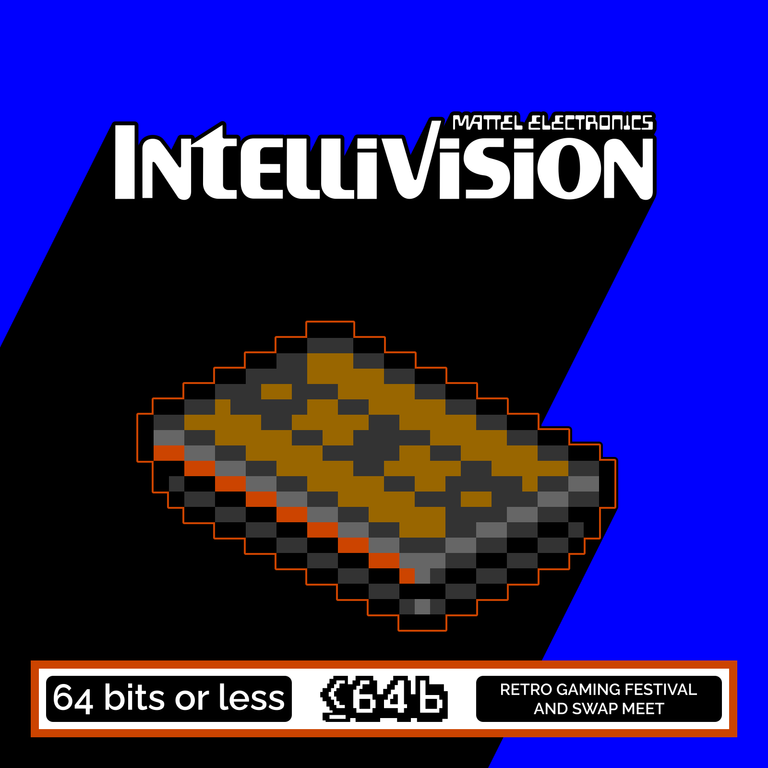
Mattel began development of the Intellivision in 1977, the same year Atari released the 2600. The Intellivision eventually got a full North American release in 1980.
With superior graphics and sound, the Intellivision was the first system to pose a serious threat to the 2600. It had a few years of success but was ultimately another victim of the video game crash of 1983.
Following a series of layoffs which began in mid 1983, Mattel sold off its video game assets in early 1984. The new owner continued to publish a small number of games until the system was discontinued in 1990.

Released August 1982 following the Telstar series, the ColecoVision was the first home console to offer an arcade-like experience at a reasonable price. It featured superior graphics compared to its major competitors, the Atari 2600 and the Intellivsion. The ColecoVision had a strong lineup of games, including the first home version of Nintendo’s Donkey Kong as a pack-in game.
Coleco amassed an impressive collection of more than 145 titles between 1982 and 1984. But, with the console wars ramping up, Coleco withdrew from the video game market in 1985, choosing insted to focus on their successful line of Cabbage Patch Kids toys.

The Nintendo Entertainment System is an 8-Bit console released in 1985 as the North American version of 1983’s Famicom. Together, the NES and Famicom would sell over 60 million units worldwide.
The NES revitalized the US console market following the video game crash of 1983. To overcome America’s skepticism of video games, Nintendo sought to distance the system from previous game consoles. Terms like console and cartridge were replaced with Control Deck and Game Pak. The console was redesigned with a unique front-loading design, later known as the “toaster”, to evoke modern VCRs.
The NES won us all over and is still considered one of the greatest consoles ever made.

The Atari 7800 ProSystem was originally slated for a 1984 release. But when Warner Communications sold Atari to Commodore founder Jack Tramiel, all projects were put on hold, and the 7800 was delayed until 1986.
The 7800 was a significant step forward from Atari’s previous 2600 and 5200 models. With the ability to play games from the 2600, the 7800 was the first console to offer backward compatibility out of the box.
Its hardware produced graphics that far exceeded the consoles of its era. However, by the time it was publicly available, the NES was dominating the market. The 7800 failed to gain a foothold. Atari discontinued the system in 1992, along with the 2600 and the 8-bit family of computers.
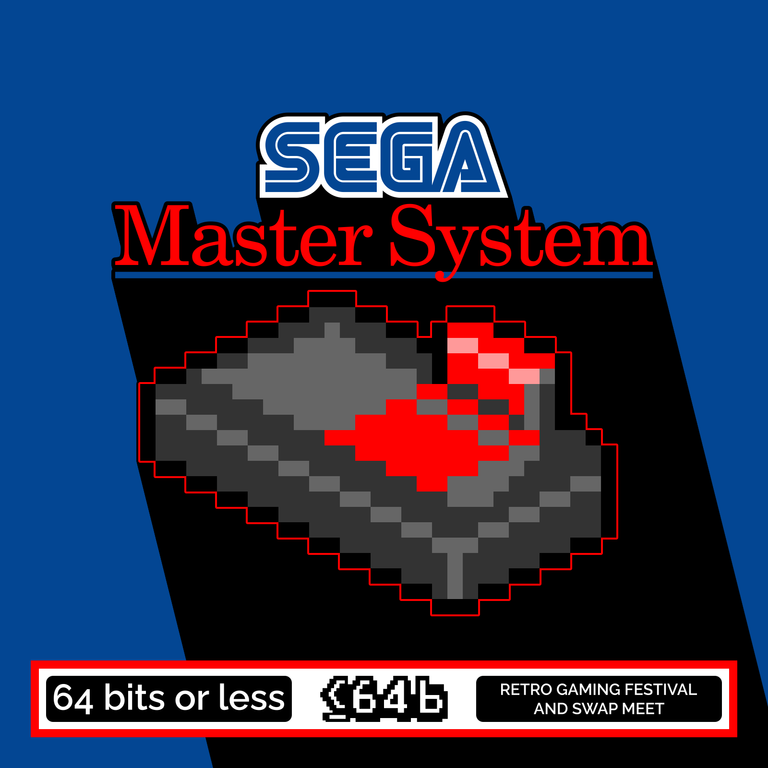
The Master System was the North American Version of the Sega Mark III. It became Sega's first big hit and would eventually sell over 12 million units worldwide.
Sega released their first home console, the SG-1000 on the same day that Nintendo released the Famicom. From the beginning, Saga struggled to compete. A series of revisions led to the Sega Mark III, released in 1985, which would be re-branded as the Master System for a 1986 North American release.
Arguably, the SMS had better graphics and sound than the NES and was probably its most successful competitor. However, Sega struggled to compete with Nintendo’s exclusive licensing policies and larger game library. It remain a distant runner-up in North America and Japan. It had greater success other markets, especially Brazil, where it controlled 80% of the video game market for a time.
The SMS held it’s own at the start of the console wars, and paved the way for the well known Genesis.
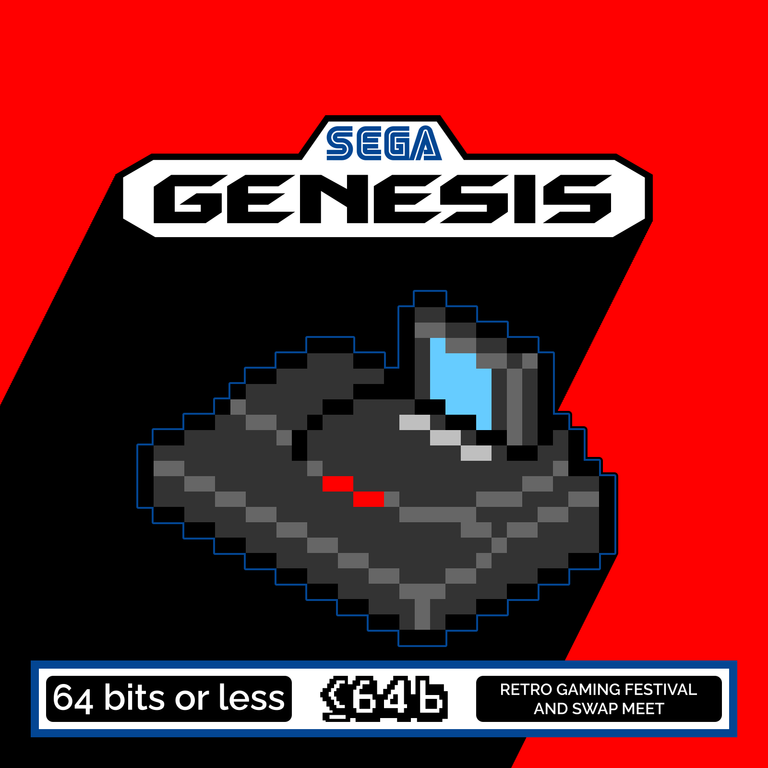
The Sega Genesis was a 16-bit console released in 1989, known as the Mega Drive outside of North America. The Genesis put Sega in the limelight, where they belonged, and would sell 20 million units in North America.
With a two year head start over the Super Nintendo and a sizable game library, including ports of Sega’s arcade titles, the Genesis saw considerable success. For a brief moment in time, Sonic and Mario were neck and neck in the console wars.
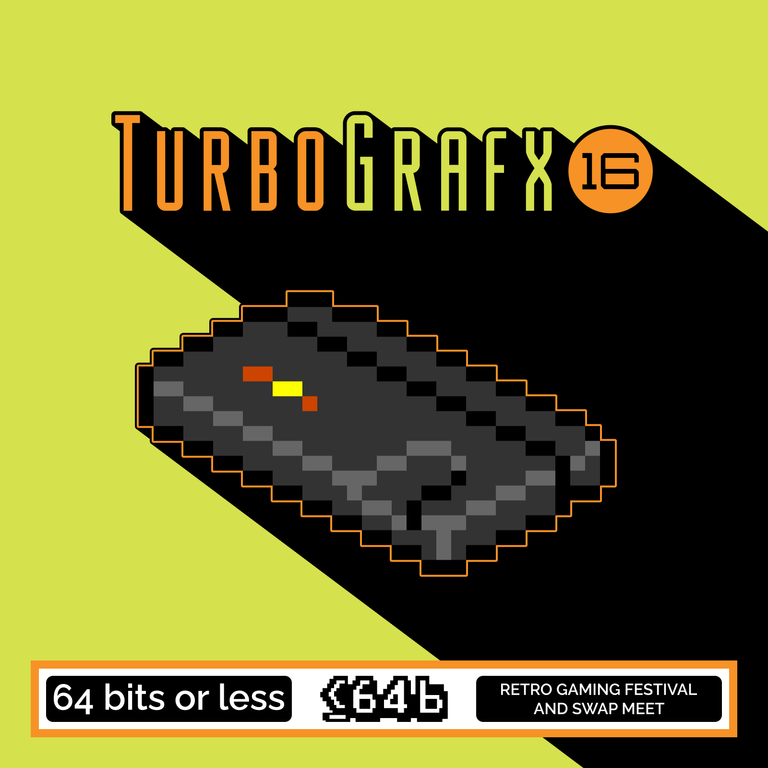
Initially released in Japan as the PC Engine in 1987, the TurboGrafx-16 would not be released in North America until 1989. It is considered the first entry in the fourth generation, or 16-bit era, of game consoles. It saw great success in Japan, outselling its main rival, Nintendo’s Famicom, at release.
However, its delayed North American release meant it had to compete against the next generation of consoles from Nintendo and Sega: the Super NES and the Genesis. The TurboGrafx-16 never gained a strong foothold in the US market.
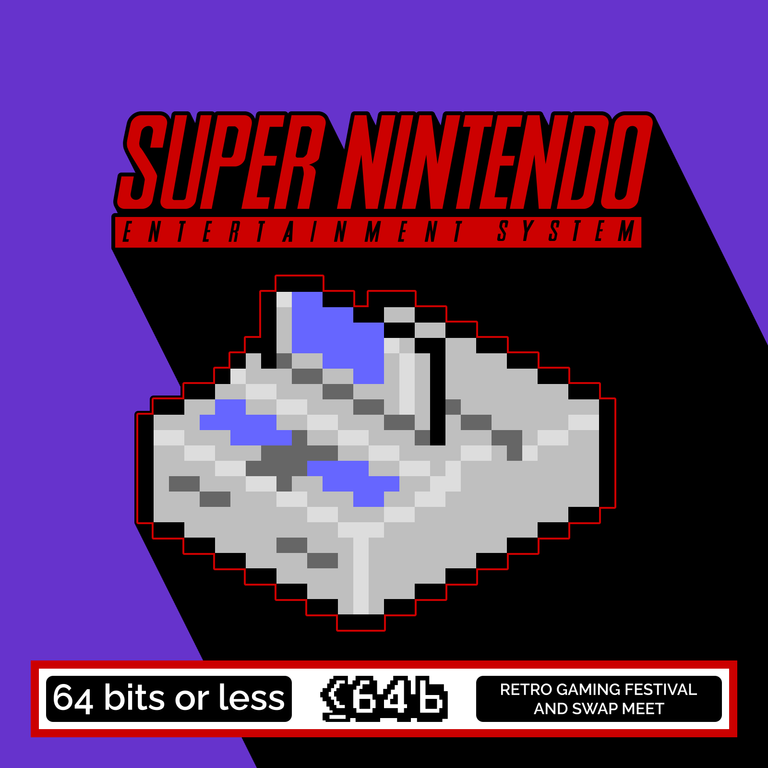
The Super Nintendo was a late comer to the 16-bit generation. It was released for North America in August 1991, a full two years after its top rival, the Sega Genesis.
Its late start gave the SNES acces to more advanced graphics and sound than the Genesis, and it eventually became the best selling console of its era. A variety of enhancement chips integrated into game cartridges kept the SNES competitive into the next generation of consoles. Games like Donkey Kong Country kept the SNES on top long enough that Nintendo skipped over the 32-bit generation, jumping straight to the Nintendo 64.
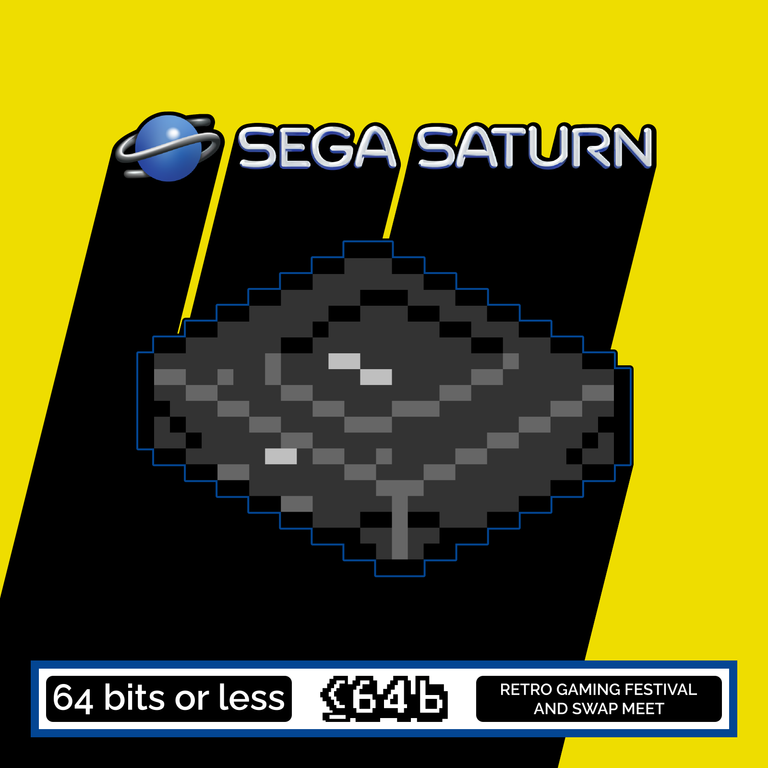
Released May 11, 1995, the Saturn was Sega’s primary entry in the 32-bit generation. Internal competition with Sega’s 32X attachment for the Genesis lead to a rough start, but the Saturn initially held its own against its primary rival, the
Sony PlayStation. The Saturn was successful in Japan, but failed to sell in large numbers in the US. After the debut of the Nintendo 64 in 1996, the Saturn rapidly lost market share and was discontinued in 1998.
Having sold 9.26 million units, the Saturn is considered a commercial failure. The Saturn marked the beginning of the end for Sega but is still remembered for several well-regarded games, including the Virtua Fighter series.
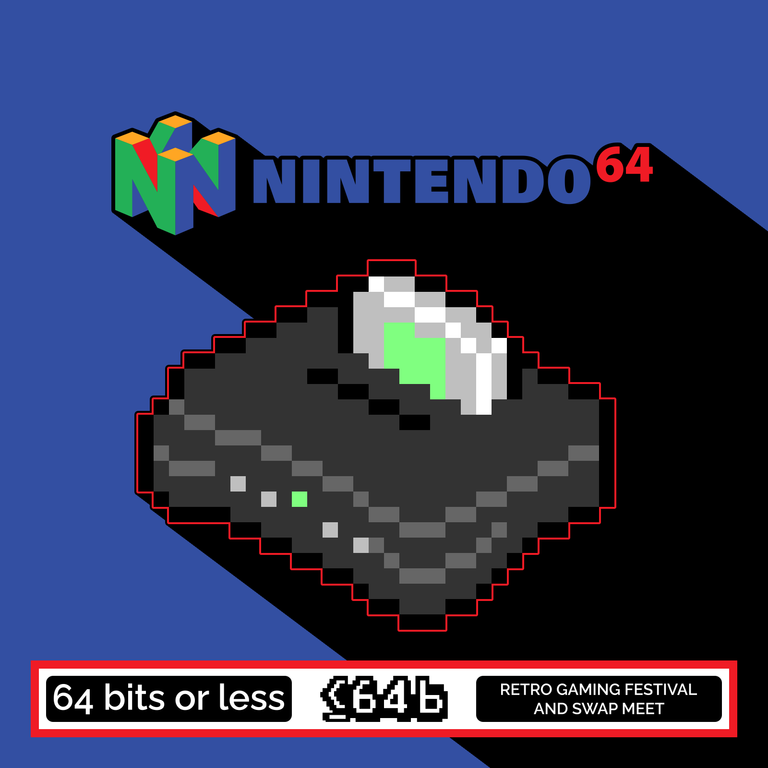
The Nintendo 64 was released in North America in September 1996 and would sell over 32 million units worldwide.
In the early 90s Nintendo led the industry with the NES. Although the follow-up console, the Super NES was successful, competition from old rival Sega and the recently scorned Sony caused Nintendo to skip the 32-bit generation altogether.
Behold, the N64. The 64 remains one of the most recognized video game systems in history and its games still have impact on the gaming industry today.
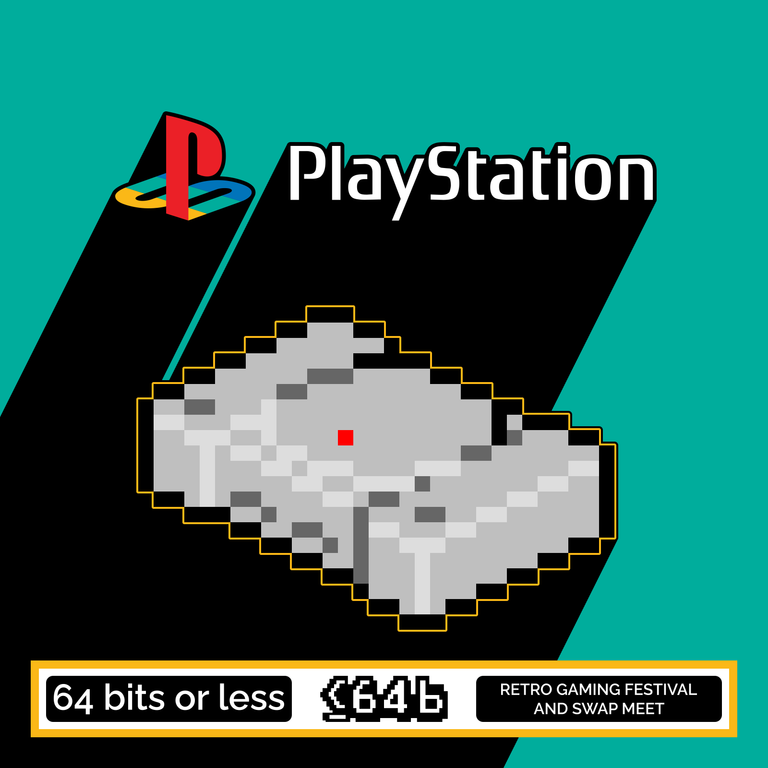
Launched in September 1995, the PlayStation was Sony’s first standalone game console. Long ago Nintendo approached Sony to develop a CD-ROM add-on for the Super NES, tentatively titled the "Play Station" or "SNES-CD". A contract was signed, and work began. At the 1991 Consumer Electronics Show, Sony announced their partnership with Nintendo. The next morning, Nintendo revealed that they were now allied with Philips instead.
Sony took their games and went home. They adapted the hardware they developed for Nintendo into a standalone console, and the rest is history. Ten years after its launch the PlayStation became the first console to sell 100 million units.

